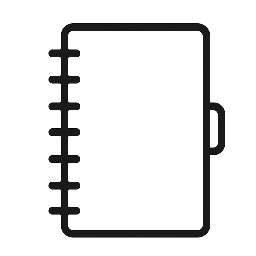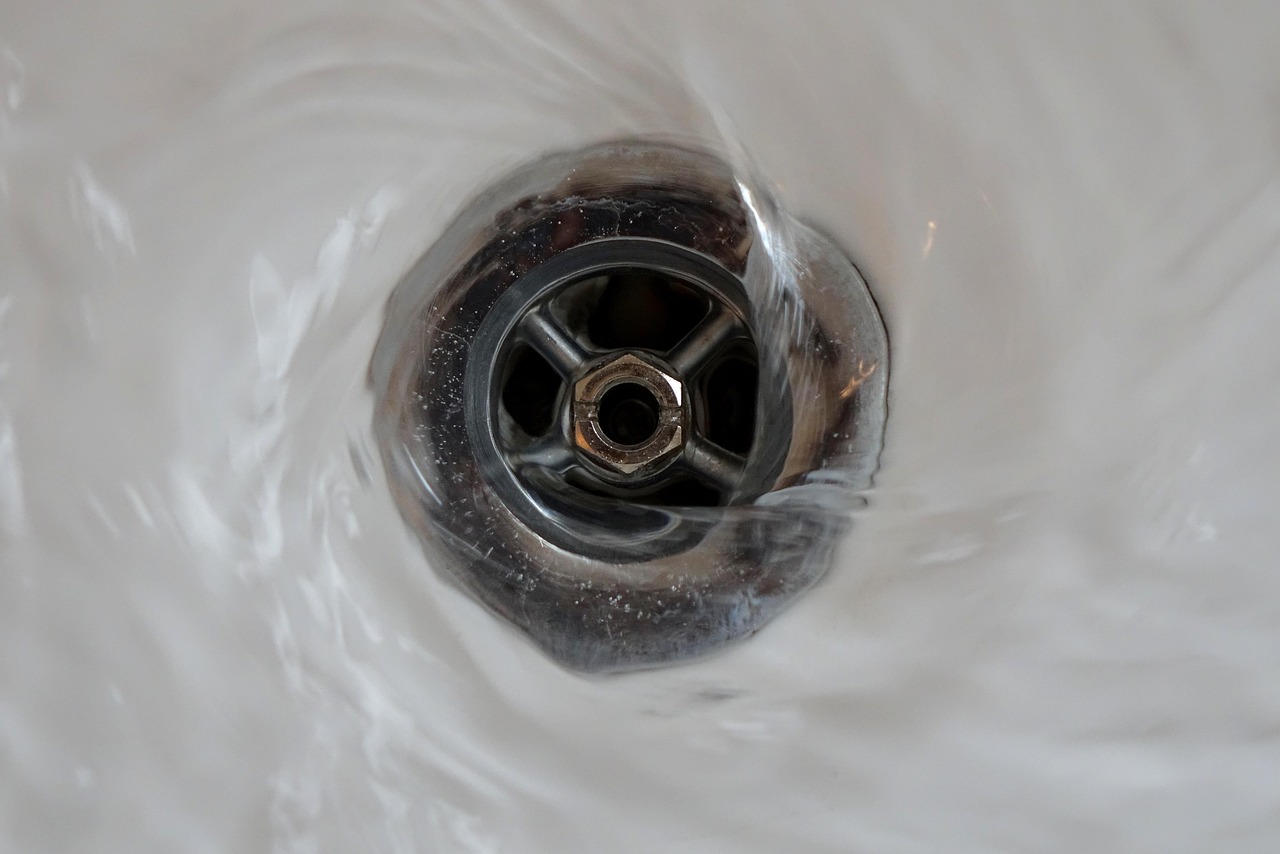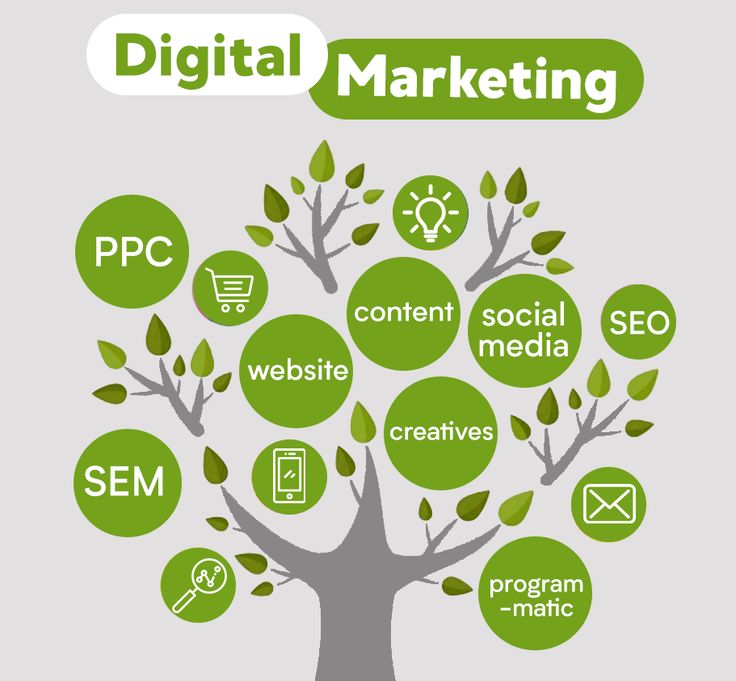Drainage cleaning is essential to prevent blockages that can cause water damage and slow drainage in homes or businesses. It involves removing debris like grease, hair, and dirt that accumulate in pipes over time. Regular cleaning ensures that drains function properly and reduces the risk of costly repairs.
Ignoring drain maintenance often leads to unpleasant odors, slow water flow, or complete clogs. Professionals use specialized tools to clear obstructions and maintain the system’s efficiency. Understanding the importance of drainage cleaning helps people avoid common plumbing issues.
Whether done as routine upkeep or in response to a clog, drainage cleaning protects the plumbing infrastructure. It keeps water flowing smoothly and extends the lifespan of pipes. This article explains how drainage cleaning works and why it should not be overlooked.
Understanding Drainage Cleaning
Drainage cleaning involves removing debris, buildup, and blockages to maintain proper flow in pipes. It requires knowledge of the common causes, the types of systems involved, and the warning signs that indicate cleaning is needed.
Common Causes of Drain Blockages
Blockages often result from grease, food particles, hair, and soap scum accumulating inside pipes. In outdoor systems, leaves, dirt, and tree roots can infiltrate and clog drains. Improper disposal of solid waste, such as paper towels or sanitary products, also leads to blockages.
Grease solidifies as it cools, coating the pipe walls and narrowing the passage. Hair entwines with grease and dirt, creating tough clogs. Tree roots exploit small cracks, growing inside pipes and causing blockages that are difficult to remove without specialized tools.
Types of Drainage Systems
Home drainage typically includes kitchen, bathroom, and outdoor systems. Kitchen drains handle grease and food waste, bathroom drains process hair and soap, and outdoor drains manage rainwater and soil.
There are also sanitary sewer systems and stormwater systems. Sanitary sewers carry wastewater from sinks, toilets, and showers, while stormwater systems collect rain runoff to prevent flooding. Each system requires different maintenance techniques and cleaning schedules to function effectively.
Signs Your Drain Needs Cleaning
Slow draining water is the most common sign of a blockage. Gurgling sounds, foul odors, and water backup indicate trapped debris or buildup in pipes. Frequent clogs or water pooling around fixtures also suggest cleaning is necessary.
In outdoor drains, visible standing water after rain and overflow indicate blockages in the stormwater system. Ignoring these signs can lead to costly damage, making timely drainage cleaning essential to maintaining system health.
Effective Drainage Cleaning Methods
Drainage cleaning involves a variety of techniques tailored to different levels of clogging and pipe conditions. Methods range from simple manual tools to advanced mechanical and chemical solutions, each with specific advantages and safety considerations.
Manual Techniques and Tools
Manual cleaning is effective for minor blockages near accessible drains. Common tools include drain snakes, augers, and plungers. These tools physically dislodge debris such as hair, grease, and small particles.
The drain snake is a flexible steel cable that is inserted into the pipe to break up clogs. A plunger creates suction to push through softer blockages. Augers are designed for deeper obstructions in household drains.
Manual methods are low-cost and require little equipment but may not work for severe or distant clogs. Users should take care to avoid damaging pipes with excessive force.
Chemical Solutions and Safety
Chemical cleaners use reactive substances to dissolve organic matter in drains. They typically contain acids, alkalis, or enzymes. Acid-based cleaners are strong but can damage pipes and harm skin or eyes.
Alkaline cleaners break down grease and fats by saponification, while enzyme cleaners use natural bacteria to consume organic waste slowly. Enzyme options are safer for pipes and the environment.
Proper safety measures include wearing gloves, eye protection, and ensuring adequate ventilation. Chemical cleaners should never be mixed as reactions can produce dangerous gases or cause explosions.
Hydro Jetting and Advanced Equipment
Hydro jetting uses high-pressure water streams to clear heavy and stubborn clogs. It removes scale, grease, roots, and debris completely from pipe walls. This method is effective for commercial and municipal drains.
Specialized cameras often accompany jetting to locate blockages and inspect pipe conditions. Hydro jetting requires professional operation due to the force involved and risk of pipe damage.
Other advanced tools include motorized augers and electric eels, which can reach deep obstructions with mechanical force. These tools increase efficiency and reduce the chance of incomplete cleaning.
Preventive Maintenance Tips
Regular maintenance prevents buildup and extends pipe lifespan. Flushing drains with hot water weekly helps dissolve minor grease deposits. Avoid disposing of fats, oils, and fibrous food waste down drains.
Using drain strainers captures hair and debris before entering pipes. Periodic professional inspections identify early signs of blockage or pipe damage.
Applying enzyme-based cleaners monthly maintains bacterial balance in pipes, reducing organic waste accumulation. Scheduling routine cleaning minimizes emergency plumbing issues and costly repairs.





Leave a Reply